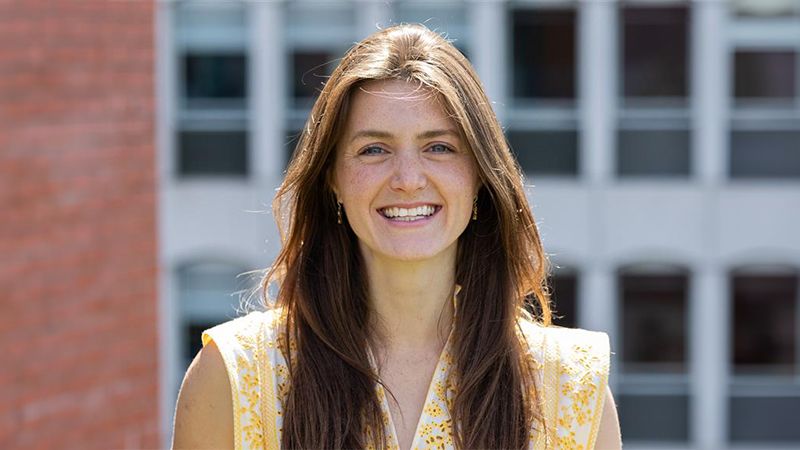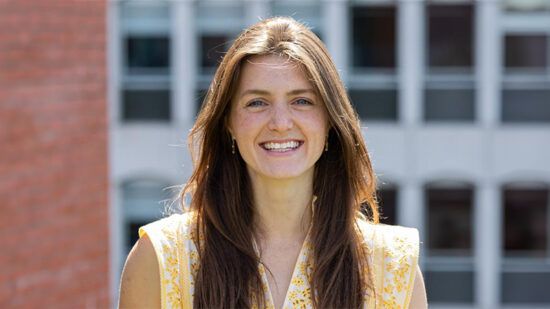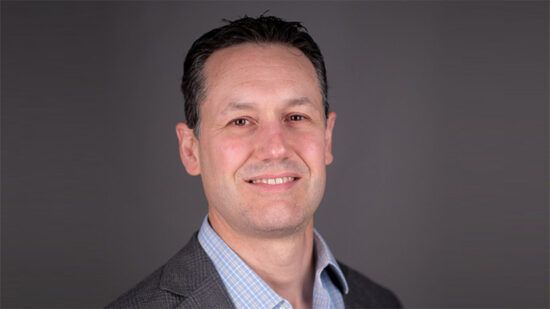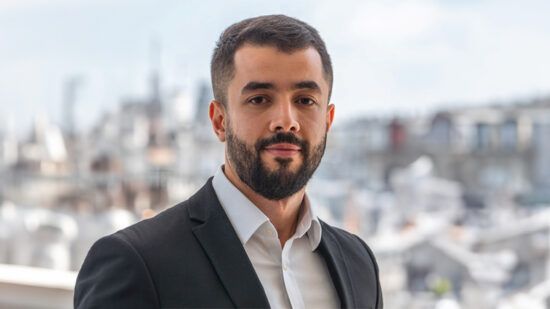Stewardship is very much front and centre of discussions about what it means to be a responsible investor. In asset management, proclamations of sustainability or net zero “are being scrubbed from marketing material with little sign of regret”, observed Sarasin & Partners’ Natasha Landell-Mills in a recent article. Meanwhile, collective action from multiple shareholders in a company is becoming more commonplace.
Georgia Stewart, CEO at Tumelo, discusses how active stewardship is evolving to remain fit for purpose in a rapidly changing world, and asserts that technology “is the enabler” to ensure voting is accessible, customisable and efficient.
What does active stewardship look like today?
We’re seeing a real shift in the sophistication of stewardship, especially among UK and European asset owners. Pension funds are now collaborating on shareholder resolutions — Shell and BP being recent examples — and gaining traction from other schemes who support those efforts.
Interestingly, it’s not just pensions anymore. Wealth managers are stepping up too. LGT Wealth Management, for instance, has a net-zero strategy and is using Tumelo’s platform to ensure their pooled fund holdings reflect their views at AGMs. Wealth managers typically hold lots of pooled assets across many managers — so having the ability to control voting is a big leap forward for them.
In short, asset owners are getting smarter, more coordinated, and are increasingly using tools that give them real influence.
Are they relying on new tools or just evolving existing ones?
Both. Traditional engagement — writing letters, holding meetings — is still happening. But we’re seeing more escalation, including voting against directors and even divestment. The Church of England, for example, has divested from fossil fuels, saying engagement wasn’t working.
At the same time, the data shows support for climate resolutions is slipping — while some companies, such as BP and Shell, are rolling back their climate commitments. Many large asset managers are staying quiet on these changes, but UK pensions and wealth managers are taking a stand — BP’s AGM saw widespread votes against directors, not just the chair.
The tools are evolving, too. Asset owners are now able to vote in line with their own policies, even in pooled funds — something that was impossible just a few years ago. Local Government Pension Schemes now vote directly, and so do providers like Scottish Widows and Aviva, who use solutions such as BlackRock’s voting choice. It means asset owners aren’t just relying on a post-AGM report to see if their managers voted “the right way” — they’re making that call themselves.
That’s interesting because all of the discussion recently has been around whether ESG is dead, but, actually, it sounds like it’s still very much at the forefront of asset managers and owners’ minds.
Yes, absolutely. ESG has become a confusing term, but at its core, it’s just a lens for assessing risk and opportunity — and every fund should be doing that. The problem is when people confuse ESG with impact. Is a fund trying to deliver market returns with a climate-aware lens? Or is it investing to actively solve climate problems? Those are different goals.
What we’re seeing now is a maturing of that conversation. Pension funds and wealth managers are clearer on how they use ESG as a tool — and what they want their investments to actually achieve.
Where does stewardship still fall short?
Transparency is a big one. Most asset owners still don’t know how their fund manager will vote at an AGM until after it’s happened. There’s some progress — Norges Bank now pre-discloses its voting — and I think there’s real potential for more alignment and collaboration if that kind of openness becomes the norm.
We also need to get more asset owners voting. There’s still a huge pool of capital — from charities, wealth managers, endowments — where votes aren’t aligned with long-term goals, simply because they don’t have control. That’s changing, but slowly.
What role does technology play?
Tech is the enabler. It makes voting accessible, customisable, and efficient. You can interpret thousands of resolutions, align them with your strategy, and cast votes at scale — all without needing to hire a huge team. Our hope is that this helps asset owners align voting with long-term investment goals — whether that’s tackling modern slavery, climate risk, or inequality.
What about stewardship in private markets?
Private equity firms have a more direct role — they often sit on boards — but that doesn’t mean stewardship is automatically better. There’s still a question around alignment. Are private managers incentivised in the same way pension funds are? Often not.
We have to avoid repeating the mistakes of public markets. If private markets are going to play a bigger role, particularly in areas like climate innovation or infrastructure, then incentives and transparency must be set up accordingly. Done right, private markets could be hugely impactful — but we need the right frameworks.
And what’s the government’s role in unlocking this?
The Labour government is clearly focused on unlocking pension capital to support the UK’s net-zero ambitions. I recently spoke to the Prime Minister about this. Institutions such as the British Investment Bank are there to de-risk climate solutions and growth-stage companies — and now the aim is to bring pensions alongside them. That kind of joined-up thinking could be transformative, if executed well.








